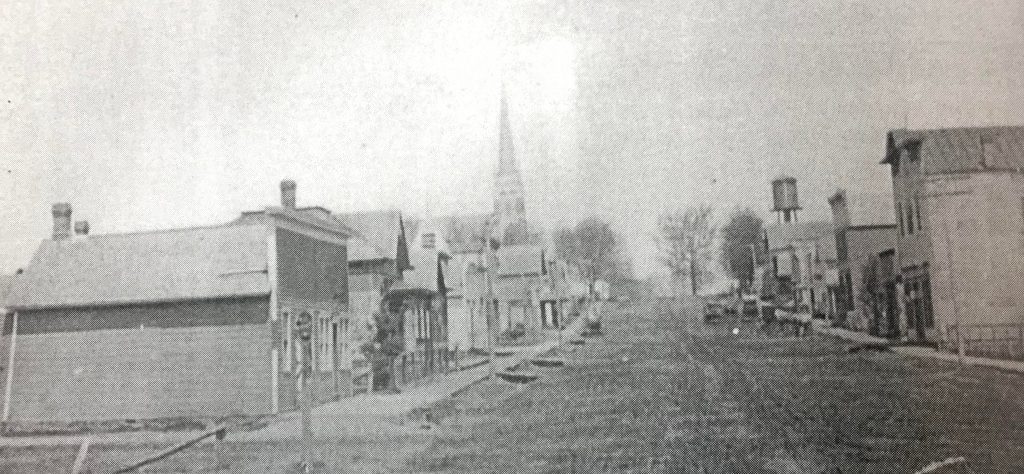The Dangerous Winter of 1856-57 in Howard County
Howard county, Iowa

Across northern Iowa the winter of 1856-57 is remembered as difficult. The dangerous cold and snow threatened access to food (supplies and game) and worsened the tension between native people and settlers. Although the March 1857 violence in Storm Lake, in which Inkpaduta’s warriors killed settlers, was a part of a pattern of vengeance killings exchanged between natives and settlers for many decades from the east coast to Iowa and on west, the severe winter also played a role.
In Howard County, early settlers remembered that winter as one complicated in yet another way. The previous year had been dry prompting many prairie fires that destroyed not only the property of settlers who had first immigrated to the area in 1853 but also the prairie grasses that marked the roadsides. Cold and blizzards combined to make survival challenging.
The first Sunday in January 1856 four men hired a teamster to take them from Dubuque to Howard County. But because snow, wind, and prairie fire had removed grass that would mark the edges of the track, “they were as effectually lost a few rods from the track, as though they had been miles away.” Lucky for them they did not lay down in the snow covering themselves with their blankets and robes. While the four men stayed in motion, the teamster did lay down. He was the only one among them who suffered from frost bite even though Dr. Fellows, one of the men, later claimed, “the mercury must have stood forty degrees below zero.” They later learned that others had perished in that storm.
At the other end of 1856 another blizzard occurred on December 13, 1856: many suffered, some died. “Mr. William Niles who attempted to cross a short strip of open country, wandered from the track and perished in the darkness and the storm.”
With the severe 1856-57 winter in mind, it is interesting to read that, prior to the founding of the Czech settlement Protivin, in 1878, in southeast Howard County, Czech immigrants walked the eight miles to St. Wenceslaus Church in Spillville, in Winneshiek County, to attend mass.
The nineteenth century ended with one of the coldest outbreaks in US history. In February 1899 an arctic area of high pressure sank southeast from northwestern Canada, “moving over the Southern Plains by the morning of the 12th .” In Cresco, by then well established as the county seat, for the period of February 7th to the 12th , the average high was -10 degrees. The average low was -30.5 degrees. This was a departure of -36.7 degrees from the normal at that time. In fact, it was so cold that February that ice flowed down the Mississippi River and out into the Gulf of Mexico on February 17.
Sources: SHSI: History of Howard County 1851-1905; W.E Alexander, History of Chickasaw and Howard Counties, 1883; Gerald G. Pecinosky, Protivin: A Czech Settlement, 1978. On line: Todd Rieck and Jeff Boyne, National Weather Service-LaCrosse, WI, This Day in Weather History: for Southeast Minnesota, Northeast Iowa, and Western Wisconsin n.d.
